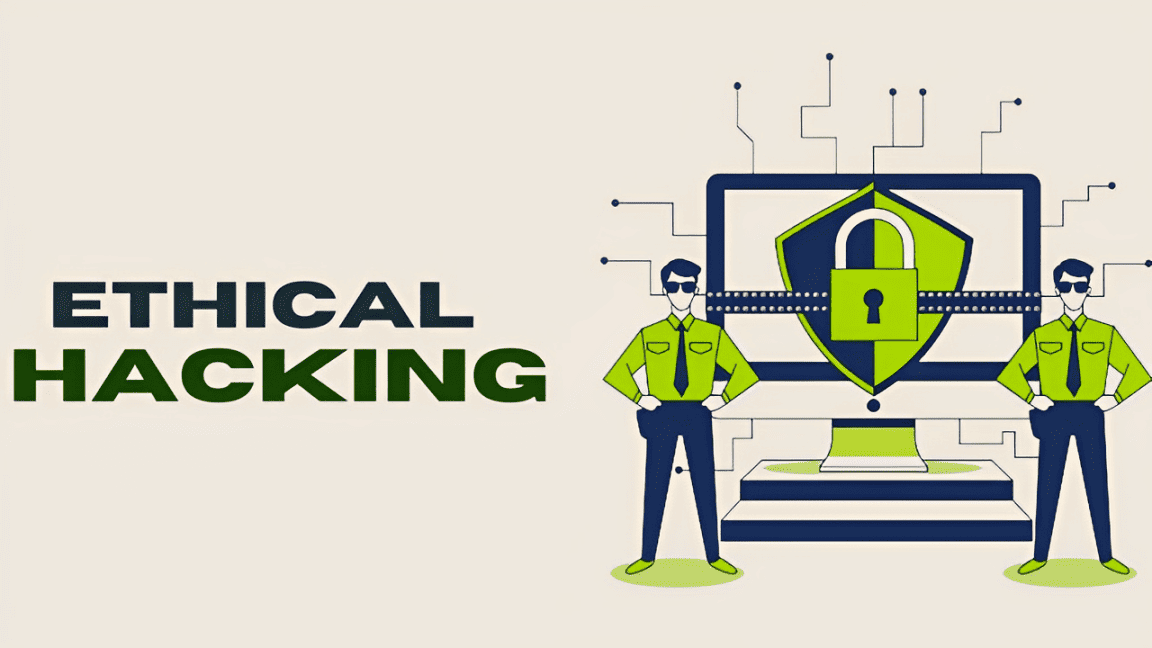Summary of the Blog
- Introduction to Malware Analysis
- Why is Malware Analysis Important
- Types of Malware Analysis
- Phases of malware Analysis
- Changes in Malware Analysis
- Recent Trends in malware Analysis
Introduction to Malware Analysis
Malware analysis is the process of studying and understanding the functionality, origin, and potential impact of a given piece of malware (malicious software). This process is crucial for developing effective countermeasures and understanding the nature of the threat.
Why is Malware Analysis Important
- Understanding the Threat: By analyzing malware, cybersecurity experts can determine how it operates, how it spreads, and what vulnerabilities it exploits.
- Developing Defenses: Analysis helps in creating more effective antivirus signatures, intrusion detection systems, and other security measures.
- Preventing Future Attacks: Understanding one piece of malware can prepare organizations for similar future threats.
Types of Malware Analysis
Static Analysis:
- Definition: Examining the malware without executing it.
- Tools and Techniques: Disassemblers and hex editors are used to inspect the malware’s code.
- Purpose: To understand the malware’s capabilities, potential payload, and to extract indicators of compromise (IOCs).
Dynamic Analysis:
- Definition: Analyzing the malware while it is running in a controlled environment.
- Tools and Techniques: Sandboxing and monitoring tools to observe the behavior of the malware.
- Purpose: To see how the malware interacts with other systems, what network calls it makes, and what changes it makes to the host system.
Phases of malware Analysis
- Preparation: Setting up a safe and isolated lab environment to analyze the malware without risking network or systems.
- Collection: Gathering different samples of malware for analysis.
- Identification: Determining the type of malware and its potential origin.
- Analysis: Using static and dynamic methods to study the malware.
- Reporting: Documenting the findings and potential mitigation strategies.
Changes in Malware Analysis
- Evolving Techniques: Malware creators constantly change their tactics, making analysis a moving target.
- Obfuscation and Anti-Analysis Techniques: Many malware samples are designed to detect analysis environments and alter their behavior accordingly.
- Resource Intensive: Requires significant time, expertise, and computational resources.
Recent Trends in malware Analysis
- Automation and Machine Learning: Automating parts of the analysis process to handle the increasing volume of malware.
- Focus on Ransomware: With the rise of ransomware attacks, more resources are being allocated to understand and prevent these types of threats.
Conclusion
Malware analysis is a dynamic and challenging field, but it remains one of the most important aspects of cybersecurity. As malware continues to evolve, so too must our methods for analyzing and defending against it. By staying informed and prepared, we can continue to safeguard our digital landscapes against these ever-present threats.
LinkedIn
Twitter
WhatsApp
Facebook
Menu

Menu




